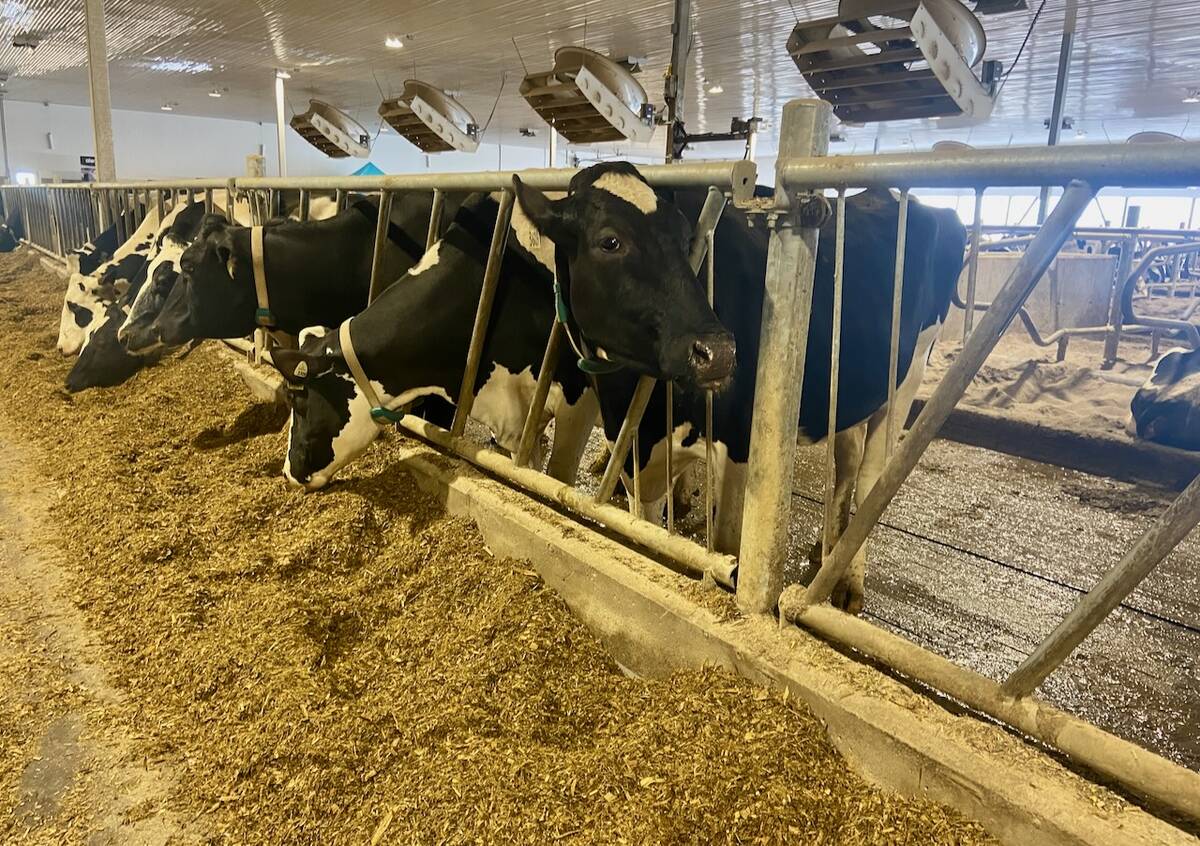Disease control | Funds contribute to record research budget
The federal and Saskatchewan governments are investing $6.5 million into 38 crop-related research projects in Saskatchewan.
Sixty percent of the money is from Ottawa and 40 percent from the province.
Federal agriculture minister Gerry Ritz and his Saskatchewan agriculture minister Lyle Stewart made the announcement at the SaskCanola producer conference held during Crop Production Week, which ran Jan. 7-12 in Saskatoon.
Ritz said the projects would help improve ways to control crop disease and cope with wetter-than-normal weather.
Blackleg and fusarium were big problems for many canola and wheat farmers in Saskatchewan last year. One of the research projects will look at blackleg and ways to counter it. DNA mapping is expected to lead to new varieties that are less susceptible to diseases.
Read Also

U.S. farm group supports supply management
U.S. grassroots farm advocacy group pushing new agriculture legislation that would move towards supply management like Canada has for dairy industry
“Those are the things we’ll be focused on as well as some research into clubroot to make sure we don’t have a major wreck with that in the future, which is a threat to the industry,” said Stewart.
“Disease is a real problem in the province right now. I guess the thing that can cure that is a major drought, but that’s not the way we want to get out of this. We’d rather do it through research and a little bit of investment that way. As long as we have these wet springs and summers, disease tends to be an issue.”
Ritz said there has been a 300 percent gain in crop production efficiencies since the 1950s.
“As a lot of the farmers were saying, research is the backbone of the future in agriculture,” he said.
“That’s the genesis of a lot of this, is to make sure farmers have the best varieties and ways to protect them against disease and pests.”
The research projects are intended to help achieve goals set out in the province’s growth plan of increasing crop production by 10 million tonnes and increasing provincial agriculture exports by $5 billion by 2020.
The money is part of a record $20.4 million provincial research budget in 2012-13, an increase of more than 50 percent since 2007.
Stewart said the new projects will also enhance the province’s reputation as a leader in crop production and research
“Canola has become the new king in Saskatchewan. In 2011, for the first time in our history Saskatchewan exported more canola and canola derivatives than wheat,” he said.
“In the last five years, canola seed exports have increased by 150 percent: from $856 million in 2007 to $2.1 billion in 2011.… We need a plan to continue the momentum, not only in the canola industry but also the entire agriculture industry in Saskatchewan.”
Crop-related projects receiving funding in 2013 include:
- Improved weed management.
- Improved wheat yields.
- Genetic mapping of blackleg disease in canola.
- Disease resistance in cereals and pulses.
- Improvements in the nutritional value of oats.
- New technologies to assess sprout damage in wheat.
- Herbicide tolerance in mustard varieties.
- Addressing genetic and disease obstacles to canaryseed production.
- Methods to control and eradicate clubroot in canola.
The money comes from the Saskatchewan Agriculture Development Fund, which has provided more than $57 million in research project funding since 2007.
This year’s ADF announcement will leverage an additional $8.4 million in research funding and includes co-funding from major commodity organizations.















